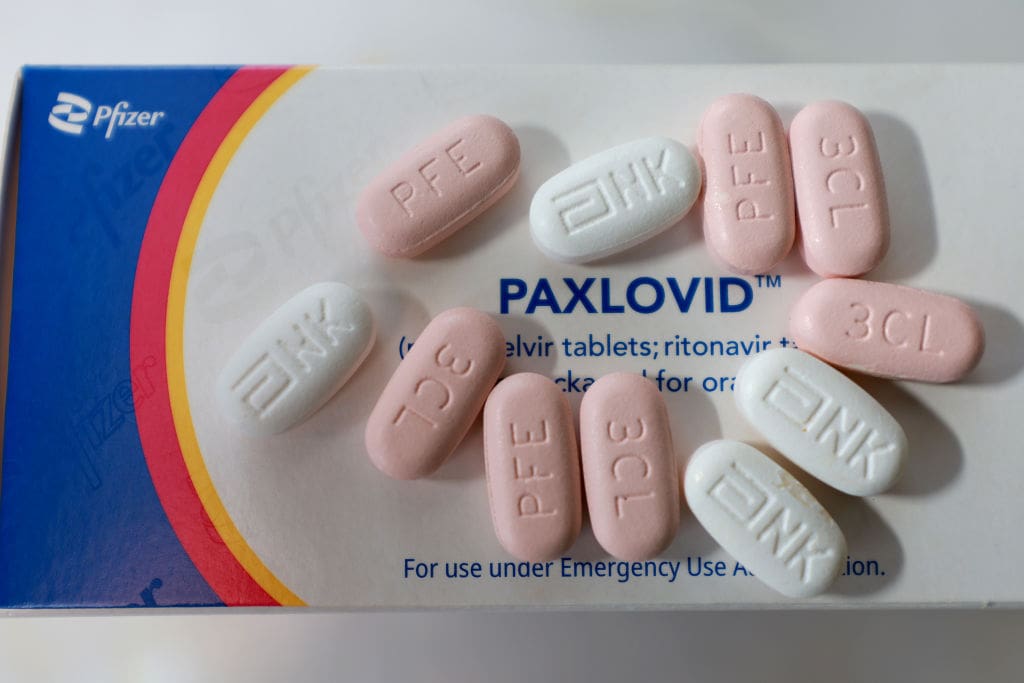Health
New Study Finds 20% of People Taking Paxlovid Experience Rebound Infections
 courtesy of time.com
courtesy of time.com
A new study published in the Annals of Internal Medicine has found that around 20% of people taking the popular antiviral drug Paxlovid could experience rebound infections of COVID-19. This phenomenon, where individuals test positive again after testing negative following the completion of the five-day treatment course, has been a topic of debate in the medical community. The study also confirmed that those who experienced rebound still harbored live virus in their noses for up to 14 days, making them potentially infectious to others.
The Debate Over Rebound Rates
Paxlovid, sold under the brand name Paxlovid, is recommended by the U.S. Centers for Disease Control and Prevention (CDC) for older people and those over the age of 12 who are at higher risk of COVID-19 complications. However, studies have shown varying rebound rates, with Pfizer reporting a 2.3% rate in its studies submitted to the U.S. Food and Drug Administration (FDA), while other studies have documented rates as high as 14%. This new study aimed to specifically investigate the rebound effect by testing individuals more frequently to capture changing levels of the virus.
Understanding the Mechanics of Rebound
According to the study, people who rebound after taking Paxlovid are still shedding live virus for a longer period of time than the current isolation guidelines recommend. While the CDC recommends isolating for five days after testing positive, those who rebound may need prolonged isolation periods. The study also suggests that an eight-day treatment course of Paxlovid, instead of the standard five-day course, may significantly reduce the amount of rebound.
Managing Rebound and Reducing Spread
Although there isn't currently an effective way to avoid rebound while taking Paxlovid, the study suggests ways to manage it and reduce the risk of spreading COVID-19. Individuals on the drug could consider testing themselves with an at-home antigen test five days after testing negative. If the test remains negative, it is likely that rebound has not occurred. However, if the test is positive, individuals should isolate again until they test negative.
Overall, the study emphasizes the importance of balancing the benefits of Paxlovid in high-risk individuals with the risk of rebound. While more research is needed to verify these findings, understanding and managing rebound infections can help mitigate the spread of COVID-19.

Hey there! I’m William Cooper, your go-to guy for all things travel at iMagazineDaily. I’m 39, living the dream in Oshkosh, WI, and I can’t get enough of exploring every corner of this amazing world. I’ve got this awesome gig where I blog about my travel escapades, and let me tell you, it’s never a dull moment! When I’m not busy typing away or editing some cool content, I’m out there in the city, living it up and tasting every crazy delicious thing I can find. Join me on this wild ride of adventures and stories, right here at iMagazineDaily. Trust me, it’s going to be a blast! 🌍✈️🍴









